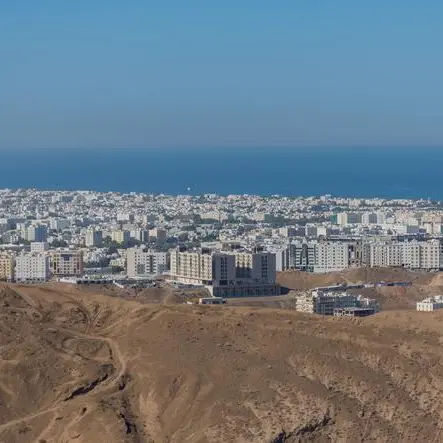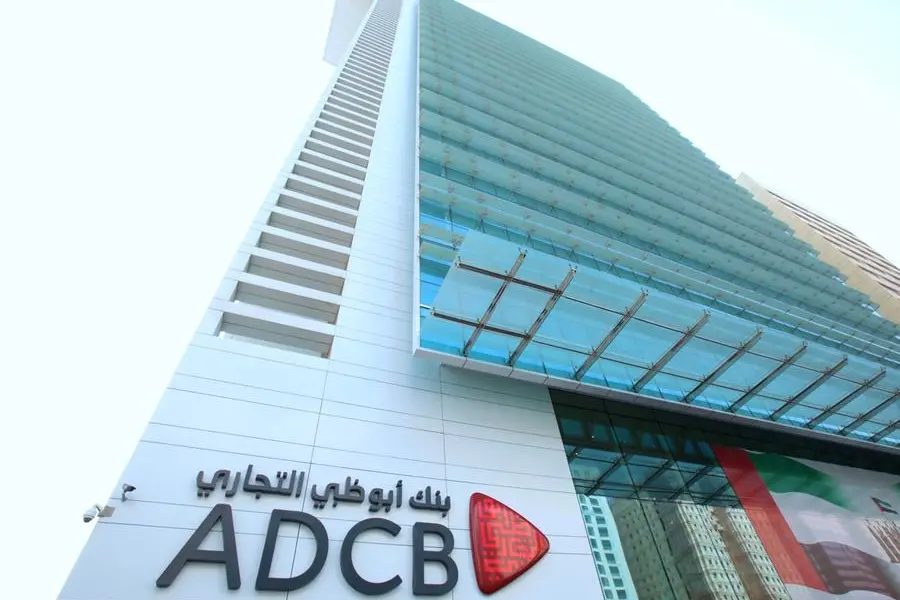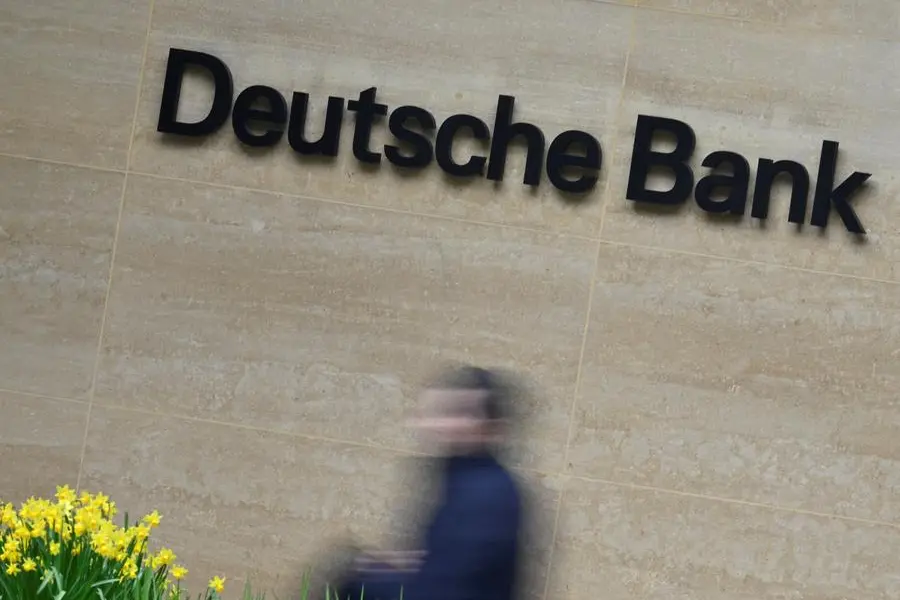PHOTO
Hands of a robot and human touching. Image Courtesy: Al-Attiyah Foundation
Doha: Artificial Intelligence, more commonly referred to as AI, has already begun saving oil and gas companies millions of dollars a year by improving operational efficiency, the Al-Attiyah Foundation explains in its latest Energy Industry report.
Although AI is generally associated with science fiction movies and visions of the future, machine intelligence that can identify patterns, learn from experience and solve problems has been in the making for decades.
In 1966, SHAKEY, the world’s first “mobile intelligent robot,” complete with a television camera and bump detector, was unveiled. SHAKEY “could perceive its surroundings, infer implicit facts from explicit ones, create plans, recover from errors in plan execution, and communicate using ordinary English.”
Thirty years later, AI had reached another milestone when it came up against Russian Grandmaster Garry Kasparov in an unprecedented and enduring battle of wits. Deep Blue, a machine designed by IBM and capable of computing 100 million positions per second, beat Kasparov in its first ever chess match but eventually lost the six-game series.
After some amendments from IBM scientists, Deep Blue and Kasparov met for a replay a year later. In a darkened television studio in New York, global audiences watched in suspense as the world champion sat opposite the machine’s human surrogate.
After a tense five match struggle, man and computer were level heading in the last round of the seminal encounter. In just 19 moves, Deep Blue defeated the human grandmaster to steal a historic victory.
Since Deep Blue chess exploits, several AI applications have emerged across all segments of the oil and gas industry and are leaving an indelible mark.
According to a recent survey by Ernst & Young, 92% of the global oil and gas companies are either currently investing in AI - or plan to - over the next five years. And, it is already beginning to have an impact, as 50% of the oil & gas executives (in the same survey) have already begun using AI to solve various challenges across their respective organisation.
Its most common current application is predictive maintenance and machinery inspection. Here, AI technology analyses operational data such as drill maintenance or downtime, in addition to real-time decision-making and developing models that can predict equipment malfunction. This is crucial in running uninterrupted operations and avoiding costly downtimes and project overruns.
Petroliam Nasional Berhad (PETRONAS) has already enhanced its operations with such technology. In 2021, the Malaysian company deployed AVEVA Predictive Analytics in the Microsoft Azure cloud to accurately predict and resolve equipment failures before they happen.
Over 200 models were deployed in the first year – at a greater scale than would have been possible with human analysts – and the solution correctly identified 51 major early warnings. In the process, it delivered a value of $17.4M, with 14x return on investment (ROI). From the 51 warnings, 12 were high impact incident.
AI technologies can optimise field development from exploration to production, allowing effective and efficient interpretation of seismic data to identify hydrocarbon deposits, in addition to identifying optimal locations for drilling operations.
In September 2020, the Wadia Institute of Himalayan Geology (WIHG) discovered a new AI-based technique that helps analyse data from seismic waves (natural or induced by explosive material) to determine the geological features beneath the surface, thereby helping in discovering hydrocarbons, like oil and natural gas, in less time with high efficiency.
ExxonMobil aims to use the deep-sea AI robot to enhance its natural seep detection capabilities. The corporation’s AI-powered robots are capable enough to detect these oil seeps, which will eventually reduce exploration risk and cause less harm to marine life.
The AI revolution could also help major players like Saudi Aramco, BP, and Royal Dutch Shell in their quest to be carbon neutral by 2050.
In 2022, engineers at Texas A&M University’s campus in Qatar announced they had partnered with Qatargas and Schlumberger to use machine learning to detect underground leaks of carbon dioxide and other gasses and fluids related to oil and gas production, helping reduce environmental and economic impacts.
Elsewhere, BP turned to Silicon Valley to help reduce methane leakage, and with vendor Kelvin Inc. they’ve outfitted hundreds of its Wamsutter wells with cheap sensors that gather and transmit data into supercomputers where AI-driven algorithms crunch endless optimisation simulations.
BP estimates that within six months of use, methane leakage from the wells declined by 74%. Along with cutting operational costs, such technology will help BP rapidly reduce its greenhouse gas emissions in its oil and gas operations.
The potential applications of AI are near-endless in the oil and gas sector. The application of AI goes beyond “better” or “faster” operational processes, it has the potential to unlock efficiencies across the entire value chain from exploration to sales.
To download the full report on how AI is transforming oil and gas operations and for more expert insights on the energy industry, visit the Al-Attiyah Foundation’s website at www.abhafoundation.org and @AlAttiyahFndn on Twitter.
-Ends-



















